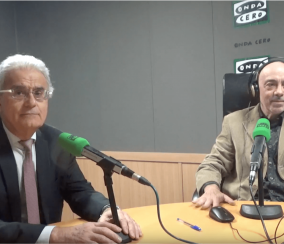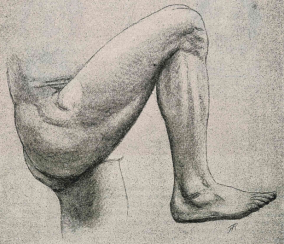5. Etiopathogenesis of Anterior Glenohumeral Dislocation in Professional Rugby Players
Maria Figuerola Ferrer, MD, Roberto Seijas, MD, PhD, Pedro Álvarez-Díaz, MD, Oscar Ares, MD, PhD, Andrea Sallent, MD, Ramon Cugat, MD, PhD
Introduction: The glenohumeral joint is the most frequently dislocated joint in the body. There are various types of dislocations, but the most common is anterior glenohumeral joint dislocation (95%). The injury mechanism is often forced abduction accompanied by external rotation of the arm. There are a series of injuries that make the shoulder more predisposed to the occurrence of this type of injury.
Objective: Review the existing literature on the etiopathogenesis of anterior glenohumeral luxation/dislocation and the mechanisms that cause such injuries in Professional Rugby.
Material and Methods: Retrieval and re-analysis of data was carried out performing a critical review of existing literature published over the last 5 years and available on PubMed using the following key-word search criteria: “anterior shoulder dislocation”, “shoulder injuries in rugby” and “shoulder injuries”.
Development and literature review: Shoulder injuries are common in rugby players, but the mechanisms of injury are less understood. Glenohumeral luxation represents 14% of all shoulder injuries and 62% of the disorders occur during blocking the ball. In the majority of cases (71%), injury is sustained during a tackle. Horsley et al defines the primary mechanism of injury as direct tackling (56%), followed by falling onto the arm (10%).
Acromioclavicular joint injuries were the most common, with shoulder dislocations and instability accounting for the most severe injuries and greatest periods of absence from matches and scheduled training. James Crichton et al found that dislocations of the glenohumeral joint were the most common injury in 67% of rugby players. These dislocations were accompanied by associated injuries. Contact was responsible for 97% of injuries, with tackling or being tackled accounting for 65%. Longo et al describe three mechanisms: abduction and external rotation, flexion and internal rotation and landing heavily on a flexed elbow. Heady et al describe the “Try Scorer”, “Tackler” and “Direct Impact” mechanisms.
Conclusions: (1) Repeated direct impact (blocking of the ball and the tackle) is the leading cause of most shoulder injuries; (2) There are discrepancies in the existing literature on the order and frequency shoulder dislocations occur in these athletes, but there is consensus that it is a common injury, a severe injury and can be the cause of great instability; (3) In some instances, glenohumeral dislocations can be accompanied by other injuries; (4) There is similarity in the mechanisms of injury, but all do not completely coincide.
Key words: Female athlete triad; Eating disorders; Amenorrhea; Decreased bone mineral density; Prevention
Muradas K, Costa L, Seijas R, Álvarez-Díaz P, Ares O, Sallent A, Cugat R. Role of Growth Factors in Bone-Tendon-Bone ACL Surgery: Time for Maturation of the ACL Graft and the Patellar Tendon Donor Site. International Journal of Orthopaedics 2015; 2(1): 205-209




